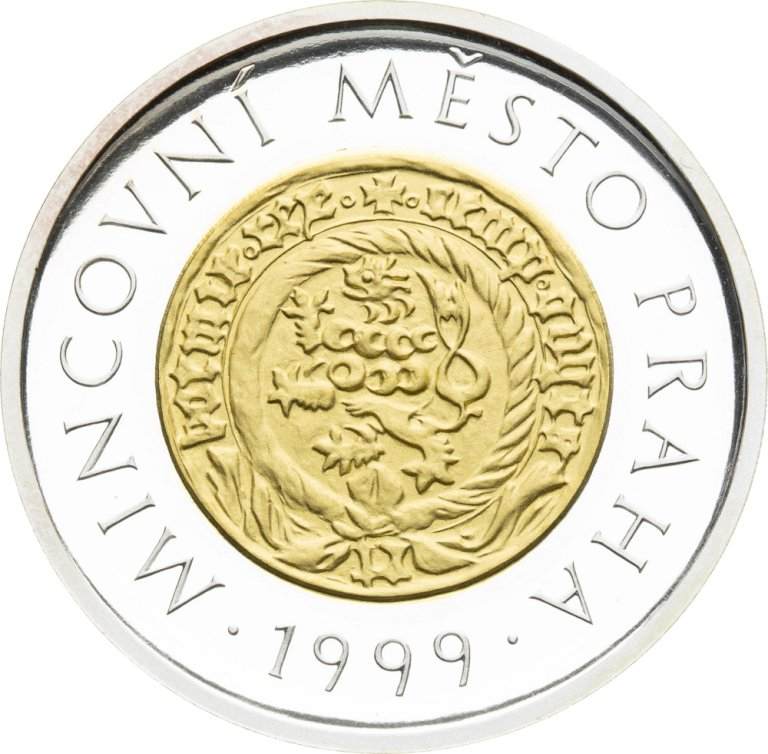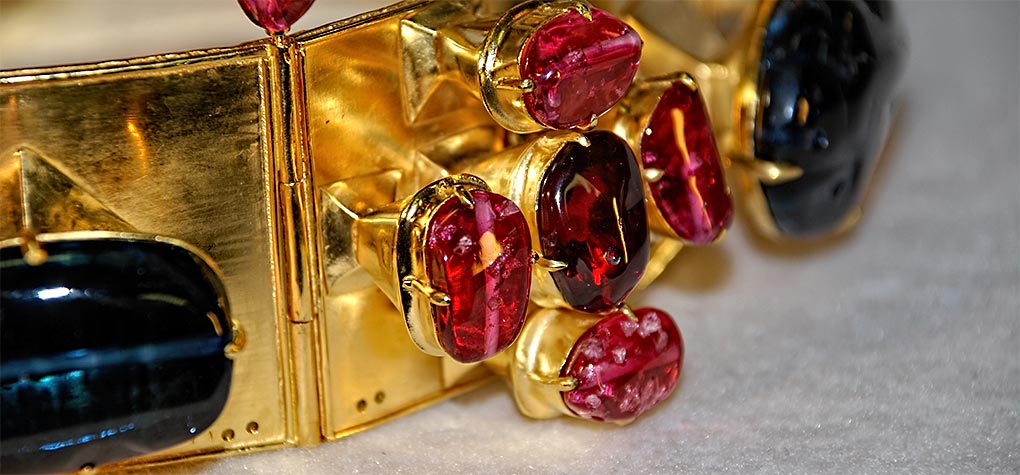Best Reasons On Sandblasting Czechoslovakia Coins
Wiki Article
Why Is A Gold-Colored Coin Or Medal Digitally 3d-Modeled From A Plaster Cast?
Scanning a plaster model to create a digital 3D model for gold coins and medals involves using specially designed equipment to record the maquette's physical details and dimensions in a digital format. This digital copy is used for a variety of purposes during production.
3D Scanning - High-resolution scanners capture the physical dimensions and details of the model. They employ a variety of methods like laser scanning or structured light, to capture precise measurements and geometry.
Capturing Surface Information: The scanner projects light or laser beams that hit the surface of the plaster model. The scanner records any distortions or reflections caused by the laser beams and therefore records the surface information of the plaster model.
Data Collection - As the scanner is moving across the surface of the plaster model, it gathers a vast amount of data points, creating an image of the model's geometry, contours, and details.
Conversion into 3D Model- The collected data points are processed using specialized software, which reconstructs the data into a digital 3D model. This model resembles the physical dimensions and features of the maquette.
The Reasons to Create a Digital 3D Model
Digital 3D models can be used to reproduce the exact details and dimensions of a physical model. This ensures that the finished gold medals and coins exactly match the original design.
Digital models can be easily modified or improved. Designers can alter the 3D model, without changing the original plaster maquette. This permits iterative corrections or improvements.
Compatibility With Manufacturing Processes - Digital 3D Models are compatible with a variety of manufacturing processes, including 3D printing and CNC machining, which facilitates the production of dies or molds to make mass production.
Digital 3D Models serve as a reference of the design. Digitally stored 3D models can be utilized for future research, reproduction or documentation.
Designers and manufacturers can employ advanced manufacturing techniques to produce gold medals and coins that are precise and true to the original design. This is done by scanning the plaster models and generating digital 3D models. Follow the top rated Scanning and 3D Modeling Czechoslovakia gold medals website advice. including maple leaf gold coin, double eagle coin, st gaudens gold coin, buy gold biscuits from bank, chinese gold coins, hidilyn diaz, purchase gold coins, gold penny, gold sovereign coins, buy gold and silver and more.

Why Does A Gold Coin Or Medal Dies Undergo The Process Of Hardening By Vacuum?
To make dies harder for gold coinage or medals, they're subjected to controlled temperatures inside the vacuum oven. Here's a quick overview of how to vacuum harden dies.
The dies used for striking medals or coins are created by making sure they are free of any traces of contamination or residues.
Loading into vacuum furnace
The dies go into a vacuum-environment chamber.
Evacuation by Airplane
The vacuum oven removes all air from the room creating an environment free of oxygen and other gases. This is done to avoid oxidation as well as guarantee uniform heat treatment.
Heating Phase
The furnace has to be heated to the appropriate temperature necessary to harden the dies. The temperature will depend on the material that is used and the way it will be hardened.
Soaking in high temperature
Die dies are kept at a high temperature for the exact duration needed to make sure the material is able to reach and maintain the desired level of hardness.
Quenching or Cooling
The dies are then quickly cooled or quenched after the soaking. This fast cooling process assists in locking the desired hardness in the steel.
Tempering (Optional).
In certain situations the process of tempering may follow the process of hardening. Tempering involves heating dies to a lower temperature to ease internal tensions and improve the toughness.
Quality Control and Inspection
Dies with hardened surfaces are subjected to thorough quality inspections and checks to ensure they meet specifications for strength, hardness and tolerances to dimensional measurements.
Post-Treatment Handling-
After the vacuum hardening, dies can be polished or coated prior to when they are used in the coin process or the metal striking process.
Vacuum hardening improves the durability as well as the durability and wear resistance of dies that are used to create gold medals or coins. By creating a controlled environment free from atmospheric contaminants the process ensures constant and reliable hardening the dies, contributing to the durability and quality of the products that are minted. View the top rated vacuum hardening Prague Mint gold medals site tips including olympic gold medal, 1 oz gold buffalo coin, silver price jm bullion, gold angel coin, 1 10 ounce gold coin, gold piece price, gold silver shops near me, gold silver dealers, five dollar gold piece, buy silver & gold and more.

Why And How Are Gold Blanks Of Superior Quality Measured And Weighed Before The Process Of Minting Begins?
The finest gold blanks are expertly prepared for the minting process to ensure exact and consistent gold medals or coins. This is the procedure that is followed: Preparation Gold Selection of the Material- Only high purity gold is used for creating blanks. The gold is typically refined to be in compliance with specific purity requirements for coinage.
Gold Blanks Production- Gold is transformed into blanks by the process of blanking or cutting blanks. Blanking refers to the process of cutting discs or planchets to the size of coins from gold by using special equipment or stamping.
Precise Measuring and Weighing
Weighing- Every blank is weighed individually to ensure it meets the specified weight criteria for the coin or medal. This ensures that every medal or coin contains precisely the quantity of gold needed for the denomination it is intended to be.
Measuringthe diameter, thickness, as well as the overall dimension of every blank are measured with precision instruments to ensure consistency and conformity to design specifications.
Quality Control and Inspection
Visual Inspection Every blank is scrutinized visually for surface imperfections, irregularities and impurities. They could affect the quality of the final product.
Rejecting blanks with non-conformity In order to maintain consistency and uniformity, all blanks that don't comply with the weight, dimensions or quality standards are rejected.
Why is it important to prepare?
Consistency in the Minting Process Accurately measured and weighed blanks will ensure uniformity. The consistency of weight and size results in uniform striking. This creates coins or medals of the same quality and worth.
Accurate Gold Content: Each blank is weighed precisely to ensure that the final piece of coin, or medal, contains exactly the amount of gold needed. This guarantees accuracy in both value and purity.
Uniform Blanks Avoid Variations. Uniform blanks can prevent variations in size or weight that can affect the value of a medal or coin's value or legality in circulation.
Quality Assurance- Strict quality control measures during blank preparation will ensure that only high-quality, defect-free blanks go through the process of minting, which reduces the chance of defects appearing on the finished product.
Legal Compliance: Uniformity and compliance with specifications are essential in coins that are intended for use in commemorative or circulation for purposes. They must meet the legal requirements and standards laid out by mints and regulatory bodies.
The accuracy and precision in the preparation of gold blanks that are high-quality are crucial aspects of the minting process. They ensure the production of accurate and high-value legal conforming gold coins or medals. Check out the top rated gold blanks for Czechoslovakia gold medals blog advice including double eagle coin, coin buy gold, american gold eagle 1 oz, gold coin with angel on both sides, 20 dollar coin, bullion dealers near me, 24k gold bullion, 1979 gold dollar, gold sovereign, 1 4 oz gold coin and more.

How Do Gold Blanks Get Fed Into Coin Presses Under Extreme Pressure? And Then Stamped?
When minting, gold coins and medals are produced by stamping them under pressure. This is a brief overview of the steps involved in loading blanks.
In a feeder system that is connected to the press, gold-plated blanks have already been prepared and tested for quality. This feeder system will provide the constant supply of blanks to the coin press.
Blanks for Feeding to the Press
This feeder system makes sure that each blank is positioned precisely inside the chamber of stamping. This assures the precise positioning of each stamping blank.
Alignment, Positioning and Positioning
Inside the press, blanks are aligned and positioned in the chamber for striking making sure that they are completely centered and aligned for the stamping process.
Moving under Pressure
The coin press is made up of two dies: one stationary and one that moves. The stationary coin die provides negative images of the coin's design. The moving die acts as a hammer to strike the blank while the stationary one contains the positive impression.
Dies hit the blank with lots of force, transferring the design on its surface. Die pressure causes relief raised and details on the coin.
Striking repeatedly
For higher-quality coins or medals, especially proof or collector's editions, multiple strikes could be applied to achieve a sharper, more defined appearance or style. Each strike further refines the finer details of the surface of the blank.
Ejection and Collection
After being struck, newly-minted coins or medals are released out of the press into containers or trays. Quality control is performed to ensure the designs adhere to the specifications.
Post-Processing-
The design of the coin or medal could require further processing, such as edge lettering (either edge reeding) or post-strike treatment.
Stamping the gold blanks with high pressure is vital because it prints the design desired onto them, turning them into refined coins and medals which can be used for celebration and collection, or even circulation. The stamping process requires preciseness as slight changes in alignment and pressure can influence the final product's quality. Read the most popular minting Czechoslovakia gold medals website examples. including coin gold price today, sd bullion gold, gold dollar coin 2000, spanish gold coins, kruger rand, gold coins for sale near me, gold medal swimming, gold eagle coin, 50 dollar gold piece, gold medals michael phelps and more.
